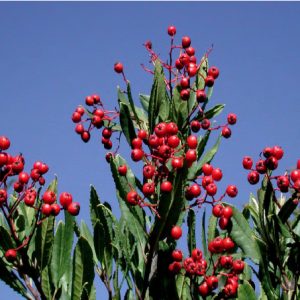Menu
American Crow
The American crow (Corvus brachyrhynchos) is a large passerine bird species of the family Corvidae. It is a common bird found throughout much of North America.
American crows are common, widespread, and susceptible to the West Nile virus, making them useful as a bioindicator to track the virus’s spread. Direct transmission of the virus from crows to humans is impossible. They are considered an agricultural pest, and are subject to hunting and management.
The range of the American crow now extends from the Pacific Ocean to the Atlantic Ocean in Canada, on the French islands of Saint-Pierre and Miquelon, south through the United States, and into northern Mexico. The increase in trees throughout the Great Plains during the past century due to fire suppression and tree planting facilitated range expansions of the American crow as well as range expansions of many other species of birds. Virtually all types of country from wilderness, farmland, parks, open woodland to towns and major cities are inhabited; it is absent only from tundra habitat, where it is replaced by the common raven.
The American crow is omnivorous. It will feed on invertebrates of all types, carrion, scraps of human food, fruits, nuts such as walnuts and almonds, seeds, eggs and nestlings, stranded fish on the shore and various grains. American crows are active hunters and will prey on mice, young rabbits, frogs, and other small animals. In the winter and autumn, the diet of American crows is more dependent on nuts and acorns. Occasionally, they will visit bird feeders. The American crow is one of only a few species of bird that has been observed modifying and using tools to obtain food.













